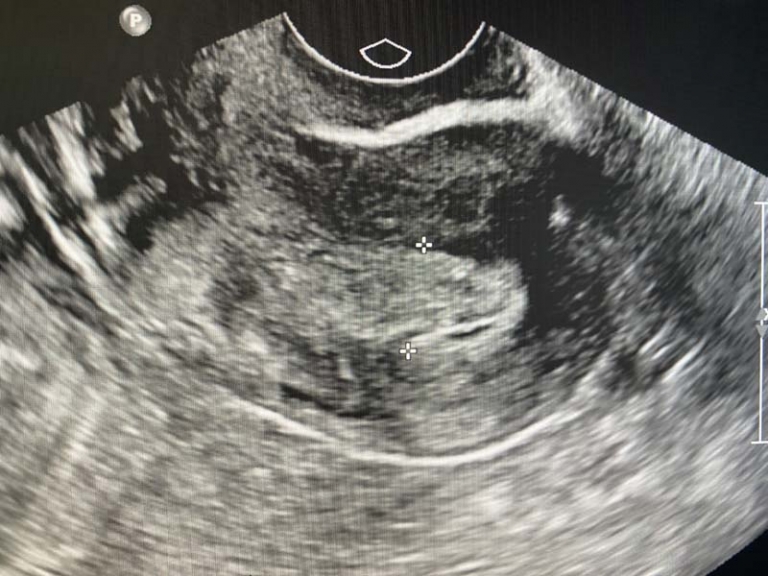What is the Fundus of the Uterus?
The uterus is a pear-shaped organ responsible for housing and nourishing a developing fetus during pregnancy. Within the uterus, there is a specific region called the fundus, which plays a vrole in the process of conception and gestation. In this article, we will explore the fundus of the uterus in detail, providing a comprehensive understanding of its structure, function, and importance.
The Fundus of the Uterus: Explained
Uterus Structure and Location
Before discussing the fundus, it’s essential to understand the overall structure and location of the uterus. The uterus is a hollow, muscular organ located in the pelvic region, between the bladder and rectum. It is approximately the size of a fist and is shaped like an upside-down pear.
The fundus is the uppermost, rounded portion of the uterus, situated above the entrance of the fallopian tubes. It is the part of the uterus that lies closest to the abdominal cavity.
Anatomy of the Fundus
The fundus is composed of thick, muscular walls made up of smooth muscle fibers. These fibers are arranged in a intricate pattern, allowing the fundus to expand and contract during various stages of the menstrual cycle and pregnancy.
One of the primary functions of the fundus is to provide a secure and nurturing environment for the implantation and development of the embryo after fertilization.
The Role of the Fundus in Pregnancy
Implantation and Early Development
After fertilization, the blastocyst (the early stage of embryonic development) travels through the fallopian tube and into the uterus. The fundus, being the uppermost part of the uterus, is often the preferred site for implantation.
The fundus provides a rich blood supply and a thick, nutrient-rich lining called the endometrium, which is essential for the successful implantation and early development of the embryo.
Accommodation of the Growing Fetus
As the pregnancy progresses, the fundus plays a crucial role in accommodating the growing fetus. The smooth muscle fibers in the fundus gradually stretch and expand, allowing the uterus to increase in size and capacity.
By the end of the third trimester, the fundus reaches the level of the ribcage, creating the characteristic “baby bump” appearance in pregnant women.
Contraction During Childbirth
During childbirth, the fundus undergoes powerful contractions, which help expel the baby and placenta from the uterus. These contractions are triggered by the release of hormones, such as oxytocin, and the stretching of the uterine muscles.
The fundus plays a vital role in the contractions, as its strong muscular walls provide the necessary force to facilitate the delivery process.
Fundal Height Measurement
One important aspect of prenatal care is monitoring the fundal height, which is the distance between the top of the uterus (the fundus) and the pubic bone. This measurement helps healthcare providers assess the growth and development of the fetus, as well as detect any potential complications during pregnancy.
Fundal height is typically measured in centimeters, and it is expected to increase steadily throughout the course of the pregnancy, corresponding to the growth of the fetus.
Complications and Conditions Related to the Fundus
While the fundus plays a crucial role in pregnancy and childbirth, certain complications and conditions can arise that may affect its function. Some examples include:
– Uterine fibroids: Non-cancerous growths that can develop in the uterine wall, including the fundus, potentially causing discomfort, heavy bleeding, or complications during pregnancy.
– Placenta previa: A condition where the placenta partially or completely covers the cervical opening, which can lead to bleeding and other complications during pregnancy and delivery.
– Uterine rupture: A rare but serious complication where the uterine wall, including the fundus, tears during pregnancy or delivery, potentially leading to life-threatening bleeding and other complications.
It is essential to seek medical attention if any abnormalities or concerns arise during pregnancy, as early detection and management can help prevent potential complications.
Conclusion
The fundus of the uterus is a vital component of the female reproductive system, playing a crucial role in the process of conception, pregnancy, and childbirth. The fundus provides a nurturing environment for embryo implantation to accommodating the growing fetus and facilitating contractions during delivery.

